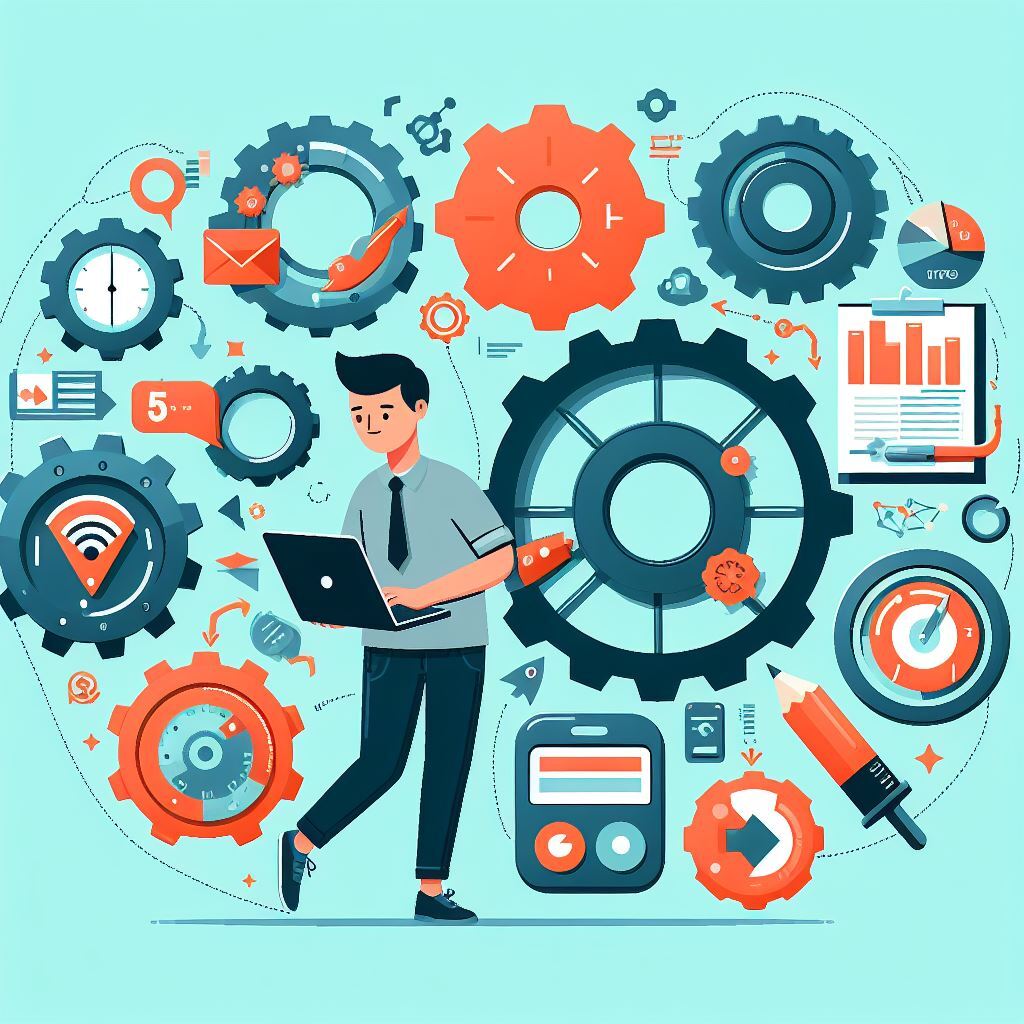Meet artificial intelligence (AI). It is advanced technology that automates decisions with machine-learning, in which computers gain more understanding with exposure to new data overtime. Whereas traditional data mining extracts data for humans to analyze, AI draws conclusions on its own.
Tapping into the data pool is nothing new in the retail arena: think product development, advertising, online search – you name it. Market research has been analyzing customer demographics and behavior for years, allowing companies to improve products and services and target the right customers. So, what is revolutionary?
AI is churning complex data to reengineer simpler and more streamlined experiences for both retailers and customers at every touch point. Predictive models and machine-learning advance company strategy and relieves end-user effort. Not every transformation carries the same shock-and-awe as self-driving cars, but the impact is dramatic nonetheless. While AI is not a brand new concept, the technology is optimizing traditional processes in game-changing ways at an ever-increasing rate. AI’s overall market is slated to break $16 billion by 2022.
Similar to the digital revolution, companies that wait too long to get on board will find that they no longer can compete (i.e. Blockbuster, Kodak).
Let’s glimpse into how companies are packaging AI through many applications. What are the unique approaches and noteworthy benefits to retailers and customers?
AI for Retailers
AI arms retailers with sharper forecasting tools to make smarter business decisions. Algorithms increase visibility into ROI implications, translating to results, such as lower costs and higher sales.
Product Inventory
Controlling adequate product availability is a challenge as it is affected by everything from the economy, weather and future events. Inaccurate management of inventory is a high risk; too much inventory is costly while out-of-stock merchandise leads to lost sales and customer frustration. IBM’s Watson Commerce Insights and Order Optimizer apps reduce the uncertainty of maintaining stock levels by monitoring supply chain , market and consumer demand variables.
Customer Service
Facebook saves retailers customer service operating costs by introducing chatbots through its Facebook Messenger platform. AI takes the traditional customer service representative out of the equation to answer questions by responding to text, images and links. Facebook Messenger escalates the chat to a human for more complex issues when necessary. It is important for live customer service to be available at each step of the customer journey, and Facebook Messenger solves that need. According to FurstPerson’s research, 79% of people prefer live chat over other customer service channels, and 63% say they are more likely to visit a website again if it has live chat. Companies saving human labor on repetitive tasks is a prime example of how retail will continue to evolve.
With the SMARTASSISTANT Digital Advice Platform, you can transform digital advisors into digital advice chatbots to assist mobile shoppers with advice on products to purchase.
Hiring
While there is a near ominous buzz about workforce displacement across many industries, AI helps retailers recruit the right candidates by analyzing historical employee performance and attributes to decrease attrition and hiring costs. Companies can extend their HR department even further: Mya, a virtual assistant that “engages with applicants, poses contextual questions based on job requirements, and provides personalized updates, feedback, and next-step suggestions” using natural language processing technology (Forbes).
AI for Customers
Markedly, AI serves more than the interests of retailers. Customers are no longer viewed as defenseless targets to be manipulated into purchases (remember subliminal advertising?).
AI resuscitates the customer experience in every step of the journey. What more, customers are even empowered in many cases to make wiser buying decisions. Hyper-personalization and conversational commerce are hallmarks of customer-facing AI enhancements.
Decision Support
Searching for the right coat online can be daunting – trying to compare features across is a headache. Outerwear is an investment, so you want to make the right choice that will fit your practical needs in a number of situations without sacrificing style. The amount of choices retailers offer is often overwhelming; a tailored experience guides the customer to narrow down the final selection with more reassurance. Increased customer confidence means less abandoned carts.
Gift Selection
We’ve all had trouble finding gifts for the loved ones in our life. Watson to the rescue! 1800-Flowers.com released GWYN (Gifts When You Need), a virtual concierge which hones in on details of the occasion, sentiment and recipient and blends with data on current trends to pinpoint the ideal gift. Who better to make personalized recommendations than the experts themselves? 1800Flowers.com also gains credibility and trust in the process, and thus, your sale.
Virtual Dressing Room
Also pushing boundaries to enhance the customer experience, Gap is testing a new DressingRoom app that allows customers to try clothes on digitally from home utilizing augmented reality technology. After the customer enters height and weight information, the app shows a 3D model in the selected outfit. The capability lessens the guesswork of online shopping, allowing customers to make more educated purchase decisions with added convenience.
Seamless Ordering
Staples also partnered with IBM to release the Staples Easy System for Staples Business Advantage customers. The “next generation Easy Button” shaves the number of steps involved to order and track supplies, allowing business owners and office managers to spend more time on their main job duties. Through machine learning, the Easy System will understand these business customers’ buying habits and preferences over time and anticipate future requests.
AI is not a wave that will ride out anytime soon; expect it to surge, stirring up the retail industry even more in its wake. The platforms we talked about are only the beginning as AI becomes increasingly integrated into both digital and physical assets, blurring the lines of “reality.” Expect innovators to focus on refining AI by reducing errors and enhancing sophistication.
Yet, Fast Company cautions that people may perceive AI and bots that are too human-like to be creepy. As always, keep your eyes and ears on your customers. As AI steers to new depths, we the humans must continue to learn customers’ boundaries to ensure Watson doesn’t go overboard.



![How Virtual and Augmented Reality will Influence Decision-Making [Infographic] | Guided Selling](https://www.guided-selling.org/wp-content/uploads/2016/06/generate_images_for_my_blog_post_post_title_is_-6.jpg)
